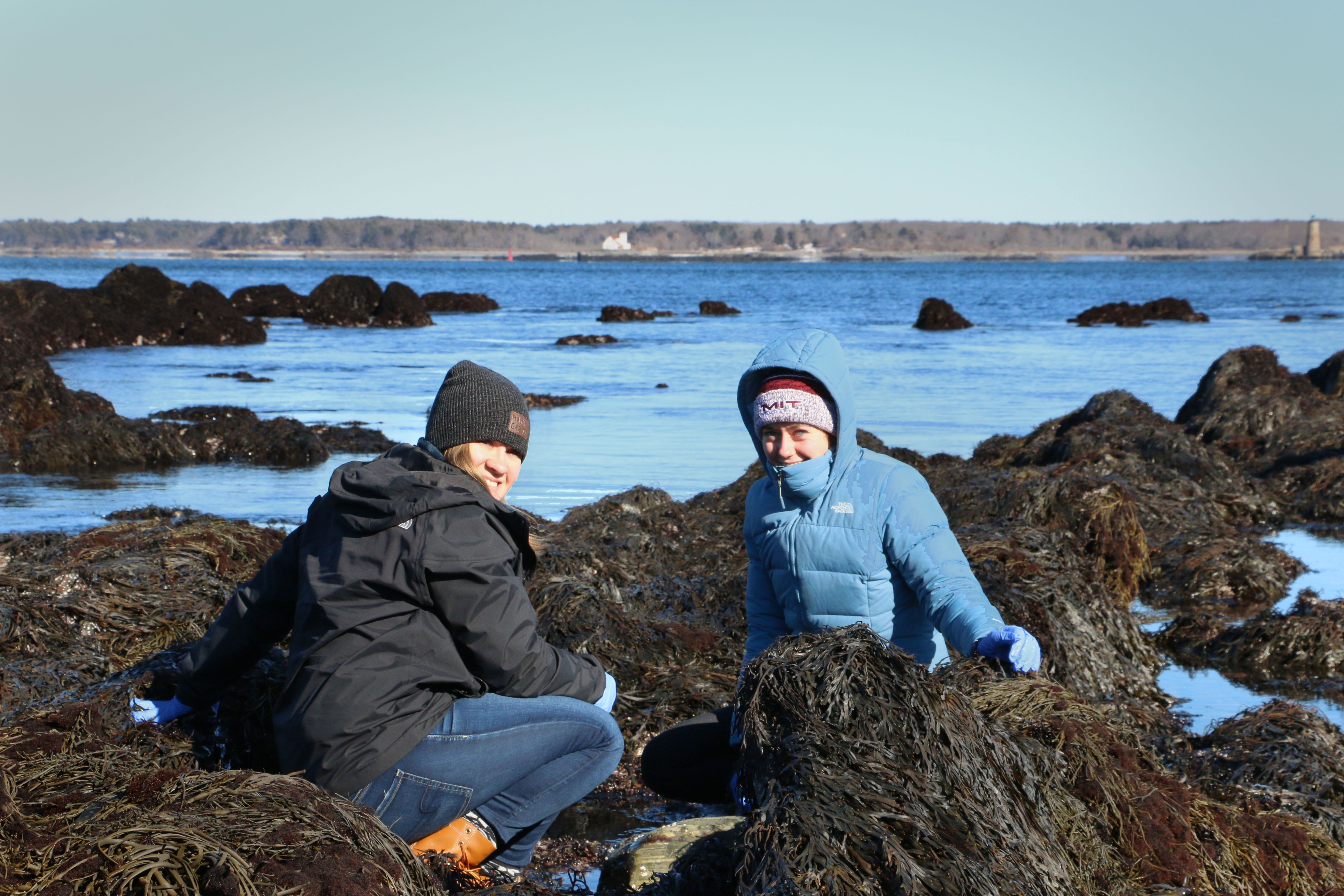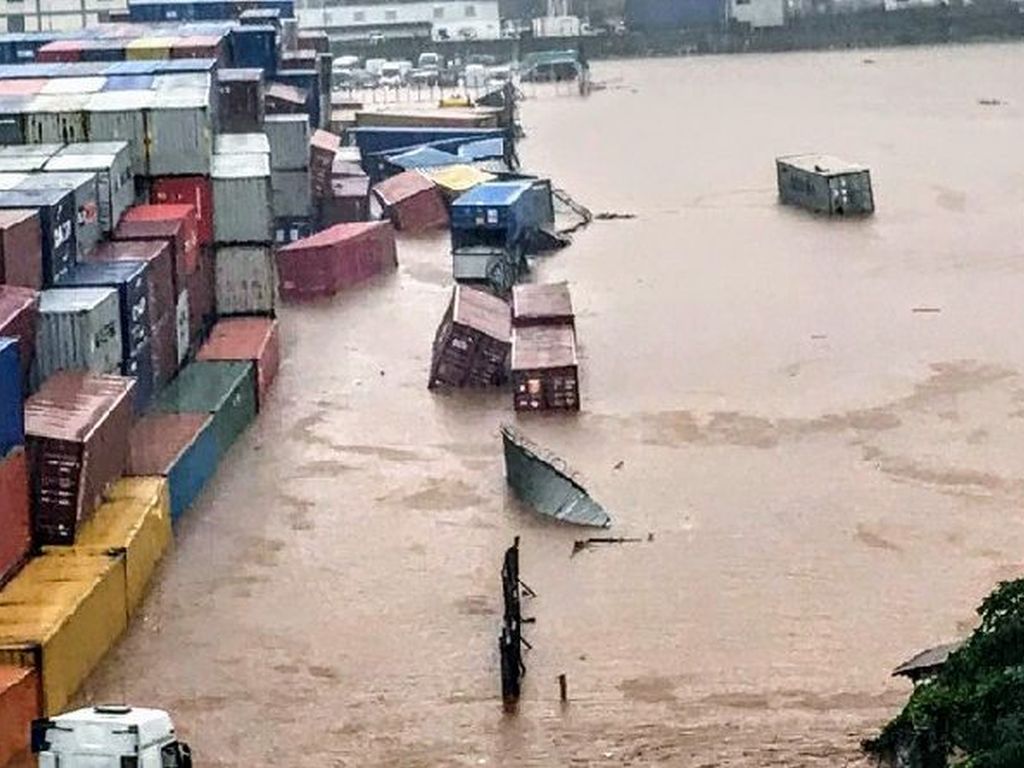Seagrass Planting: A Bid To Renew Scotland's Coastal Ecosystems

Table of Contents
The Ecological Importance of Seagrass in Scotland's Coastal Waters
Seagrass meadows are often referred to as the "lungs of the sea," and for good reason. Their ecological importance to Scotland's coastal waters is undeniable. These underwater flowering plants play a critical role in supporting a diverse range of marine life and contributing to the overall health of our oceans.
Biodiversity Hotspots
Seagrass beds are incredibly biodiverse habitats, providing essential services to a wide array of species. They act as:
- Nursery grounds for fish and shellfish: Many commercially important fish species, like cod and plaice, rely on seagrass beds as safe havens for their young.
- Habitat for invertebrates: A vast array of invertebrates, from small crustaceans to larger mollusks, find shelter and food within the seagrass leaves and roots. This supports the entire food web.
- Feeding grounds for seabirds and marine mammals: Seabirds and marine mammals depend on the fish and invertebrates that inhabit seagrass meadows, highlighting the interconnectedness of these ecosystems.
The decline of seagrass in Scotland has directly impacted the populations of several key species. For instance, the decline of common seagrass ( Zostera marina) has been linked to reduced populations of certain commercially important shellfish. Restoration efforts aim to reverse this trend and support the recovery of these vital populations.
Carbon Sequestration and Climate Change Mitigation
Seagrasses are remarkably effective at sequestering carbon dioxide (CO2) from the atmosphere – a process known as "blue carbon." These meadows are incredibly efficient carbon sinks, rivaling and even surpassing the carbon sequestration capacity of terrestrial forests.
- Blue Carbon Concept: Blue carbon refers to the carbon captured by ocean and coastal ecosystems, including seagrass meadows, mangroves, and salt marshes. This carbon is stored both in the plants themselves and in the sediments beneath them, often for millennia.
- Comparison to Terrestrial Forests: While terrestrial forests play a crucial role in carbon sequestration, studies show that seagrass meadows can store carbon at rates up to 35 times faster. This makes them a vital tool in mitigating climate change.
- Role in Climate Change Mitigation: By actively removing CO2 from the atmosphere, seagrass restoration projects contribute significantly to reducing greenhouse gas concentrations and mitigating the impacts of climate change. Research suggests that restoring Scotland's seagrass meadows could significantly enhance the country's carbon sequestration capacity.
Extensive research is underway in Scotland to quantify the precise carbon sequestration potential of its seagrass meadows and to evaluate the long-term impacts of restoration projects on carbon storage.
Challenges and Opportunities in Seagrass Planting in Scotland
While the benefits of seagrass planting are clear, undertaking these restoration projects presents unique challenges. Careful planning and execution are crucial for success.
Identifying Suitable Sites for Seagrass Restoration
Successful seagrass planting hinges on selecting appropriate locations. Several factors need careful consideration:
- Water quality: Seagrasses are sensitive to pollution. Sites must have good water quality, with low levels of nutrients and pollutants.
- Sediment type: The sediment must be suitable for root establishment and growth. Sandy or muddy sediments are generally preferred.
- Wave action: Excessive wave action can damage seagrass shoots and hinder growth. Sheltered locations are often ideal.
- Light availability: Seagrasses require sufficient sunlight for photosynthesis. Water clarity and depth are therefore crucial factors.
Advanced techniques, such as remote sensing and underwater surveys, are employed to assess potential sites and identify areas with the optimal conditions for successful seagrass establishment. Environmental monitoring continues after planting to ensure the site remains suitable for long-term growth. Examples of successful sites include areas within sheltered bays and estuaries in the west of Scotland, where natural conditions favour growth.
Seagrass Planting Techniques and Best Practices
Various methods are used for seagrass planting, each with its own strengths and weaknesses:
- Seed dispersal: Involves broadcasting seagrass seeds directly into the water. This is a cost-effective method, but success can depend on factors like seed viability and current conditions.
- Seedling transplantation: This involves transplanting young seagrass seedlings from a nursery into prepared areas. It offers higher survival rates but is more labour-intensive.
Using native seagrass species is critical to ensure genetic compatibility with the existing ecosystem and maximizing the chances of successful establishment and long-term survival. Ongoing research in Scotland is focused on improving planting techniques and optimizing the success of transplantation methods.
Monitoring and Evaluating Seagrass Restoration Projects
Continuous monitoring is essential for assessing the effectiveness of planting efforts and making necessary adjustments. Key monitoring activities include:
- Seagrass growth and survival: Regular surveys assess the density, height, and overall health of the planted seagrass.
- Impact on associated species: Monitoring the abundance and diversity of associated species helps evaluate the overall ecological impact of the project.
- Adapting strategies: Data gathered from monitoring informs adaptive management strategies, allowing for adjustments to planting techniques or site selection based on observed outcomes.
Long-term data collection is vital for understanding the long-term success of seagrass restoration projects. Several organizations in Scotland are engaged in long-term monitoring programs, providing valuable insights into the effectiveness of different restoration strategies.
The Role of Collaboration and Community Engagement in Seagrass Restoration
Successful large-scale seagrass planting requires collaborative efforts across various sectors.
Partnerships between Government, Researchers, and Local Communities
Seagrass restoration initiatives often benefit from strong partnerships:
- Government agencies: Provide funding, regulatory support, and guidance.
- Research institutions: Contribute scientific expertise and conduct research on optimal planting techniques.
- Local communities: Play a vital role through volunteer work, citizen science initiatives, and local knowledge.
Examples of successful collaborations in Scotland include partnerships between government agencies like NatureScot, research institutions such as the Scottish Association for Marine Science (SAMS), and local community groups. Citizen science projects are especially valuable, providing invaluable data collection and promoting community engagement.
Funding and Resources for Seagrass Restoration in Scotland
Securing sufficient funding is crucial for the success of these ambitious projects:
- Government grants: Funding programs dedicated to environmental restoration often support seagrass planting initiatives.
- Private donations: Many conservation charities receive donations from individuals and businesses for seagrass restoration efforts.
- EU funding: European Union funding schemes can provide financial support for large-scale environmental projects.
Securing long-term financial commitments is critical for the long-term success of seagrass restoration. This ensures that monitoring and maintenance efforts can continue for years to come. Funding success stories are regularly reported across various participating organizations, and these case studies are used to showcase the positive impact of funding on seagrass restoration outcomes in Scotland.
Conclusion
Seagrass planting offers a powerful and effective approach to restoring Scotland's degraded coastal ecosystems. By enhancing biodiversity, sequestering carbon, and providing vital coastal protection, seagrass planting plays a crucial role in tackling climate change and safeguarding Scotland's marine environment. The success of these projects hinges on a combination of scientific expertise, effective planting techniques, and strong community engagement. Let's continue to support and invest in seagrass restoration initiatives to ensure the long-term health and resilience of Scotland's invaluable coastal ecosystems. Learn more about how you can participate in or support local seagrass planting projects today!

Featured Posts
-
 Guarani Eliminado Corinthians Termina Campeonato Com Melhor Campanha
May 04, 2025
Guarani Eliminado Corinthians Termina Campeonato Com Melhor Campanha
May 04, 2025 -
 Kanye West And Bianca Censori Back Together After Weeks Apart
May 04, 2025
Kanye West And Bianca Censori Back Together After Weeks Apart
May 04, 2025 -
 Crawfords Refusal To Fight Benavidez A Case Of Mexican Disrespect Or Boxing Strategy
May 04, 2025
Crawfords Refusal To Fight Benavidez A Case Of Mexican Disrespect Or Boxing Strategy
May 04, 2025 -
 North Bengal Weather Forecast Rain On The Way Met Department Warns
May 04, 2025
North Bengal Weather Forecast Rain On The Way Met Department Warns
May 04, 2025 -
 The Count Of Monte Cristo A Detailed Review And Analysis
May 04, 2025
The Count Of Monte Cristo A Detailed Review And Analysis
May 04, 2025
Latest Posts
-
 Lily Piquet Verstappen The Newest Member Of The Racing Family
May 04, 2025
Lily Piquet Verstappen The Newest Member Of The Racing Family
May 04, 2025 -
 Verstappen Fatherhood Before The Miami Grand Prix
May 04, 2025
Verstappen Fatherhood Before The Miami Grand Prix
May 04, 2025 -
 Max Verstappen And Kelly Piquets Daughter Lilys Birth Announced
May 04, 2025
Max Verstappen And Kelly Piquets Daughter Lilys Birth Announced
May 04, 2025 -
 Max Verstappen Becomes A Father Babys Arrival Before Miami Gp
May 04, 2025
Max Verstappen Becomes A Father Babys Arrival Before Miami Gp
May 04, 2025 -
 Max Verstappens New Baby A Miami Gp Announcement
May 04, 2025
Max Verstappens New Baby A Miami Gp Announcement
May 04, 2025
